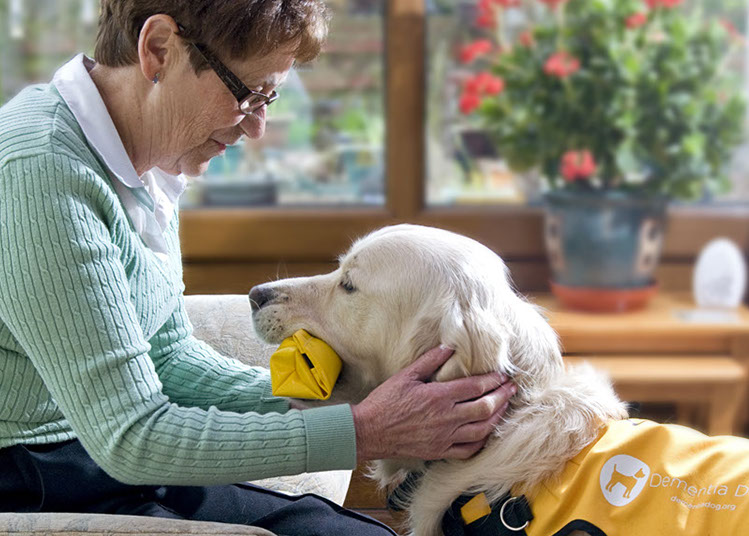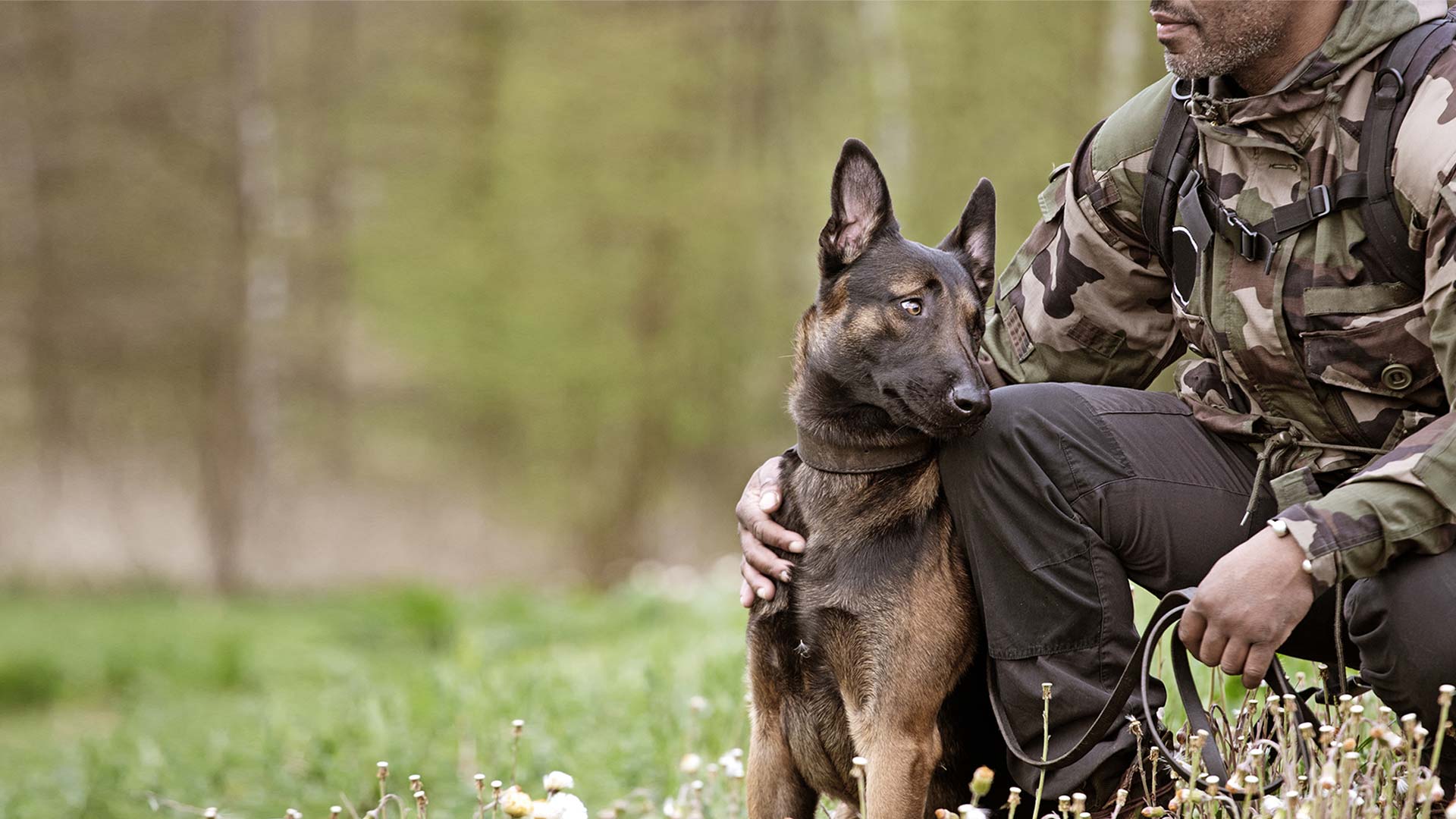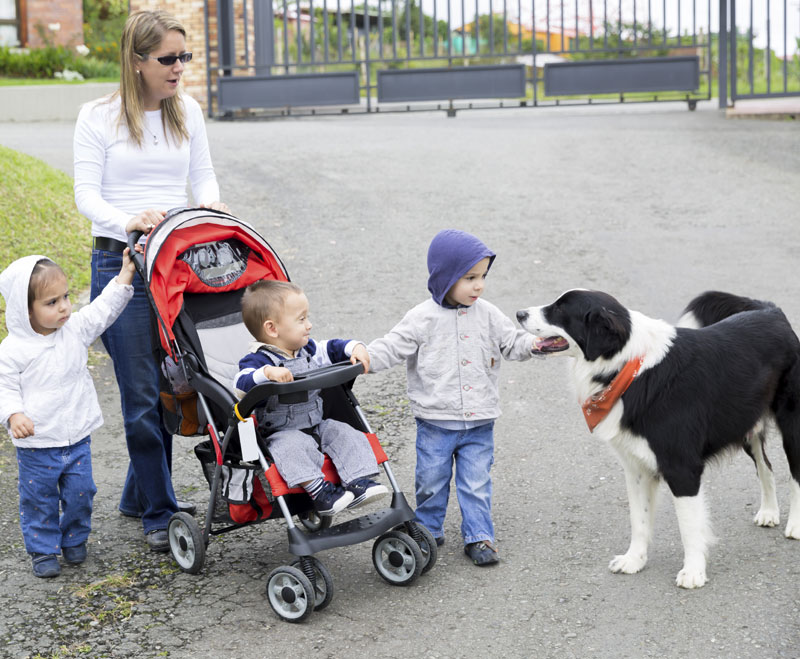The human-animal bond provides benefits to health at every stage of life. Research demonstrates the positive influence of human-animal interaction (HAI), including pet ownership and animal-assisted therapy, on a child’s physical, social, emotional and cognitive development.
Childhood pets can be perceived to be nonjudgmental, confidential and accepting sources of support. In addition, pets can be perceived as presenting their feelings authentically in the moment and being more forgiving than humans.
For example, one study found that the mere presence of a family pet during childhood can increase emotional expression and control in children,[1] and research supports that even brief interactions with dogs can lower stress levels in children.[2]
Science also supports the integration of companion animals in children’s education. From educating children about pets to having a classroom pet, companion animals can help encourage cognitive, social and emotional development in children.
Emotional and Cognitive Development
Childhood pets have been shown to provide physical and emotional support to children throughout their childhood, including after experiencing trauma.[3]
Specifically, research has found that:
- Attachment to pets can promote healthy social development, social competence, increased social interaction, improved social communication, and social play in children[4]
- Companion animals can help children learn to express and understand non-verbal communication and decipher intentions, which leads to improved emotional understanding and expression[5]
- Family pets can provide a significant impact on a child’s development by providing an opportunity for a child to care for a dependent.
- Research shows having the opportunity to care for a dependent fulfills the child’s need to feel important and needed, and to have a purpose[3]
- Research suggests that successfully caring for a pet is positively correlated to importance, social competence and self-esteem[6]
- One study shows that the sense of achievement a child feels when they have successfully cared for a pet develops their sense of self[7]
Education
A classroom pet has been found to be a motivating factor for children as an important mode of action in improving reading performance, and:
- Children have reported liking the animal and enjoying reading to them, increasing their motivation to read
- Animals are natural incentives that encourage children to read
- Pets are not judgmental, they do not laugh, criticize and allow children to read at their own pace
- Dogs can reduce stress reactions of children performing a stressful task[8]
- The presence of a dog in a classroom foster development of autonomous functioning and a better segregation of self/non-self, which is the foundation of sensitivity towards other people[9]
- Studies have found that classroom pets lead to higher social integration, fewer aggressive children, and greater sensitivity towards the needs and moods of other people[9]
- Classroom pets can also improve students’ attitudes toward school, facilitate students’ learning lessons in responsibility, respect and empathy[10]
- Dogs aren’t the only type of effective classroom pet. Guinea pigs have also been found to be a feasible, positive addition to the primary classroom to improve social functioning[11]
“While teachers have shared with us story after story about how their classroom pets have helped shy kids open up, struggling readers build confidence, aggressive children develop nurturing tendencies, and apathetic students gain a new desire for learning, this newly published research helps validate [The Pet Care Trust’s Pets in the Classroom Program]’s positive impact, and bring us closer to our goal of helping 10 million students build self-esteem, learn important life skills, and have a positive experience in the classroom with the help of a pet.”
– Jackie King, Executive Director of the Pet Care Trust










